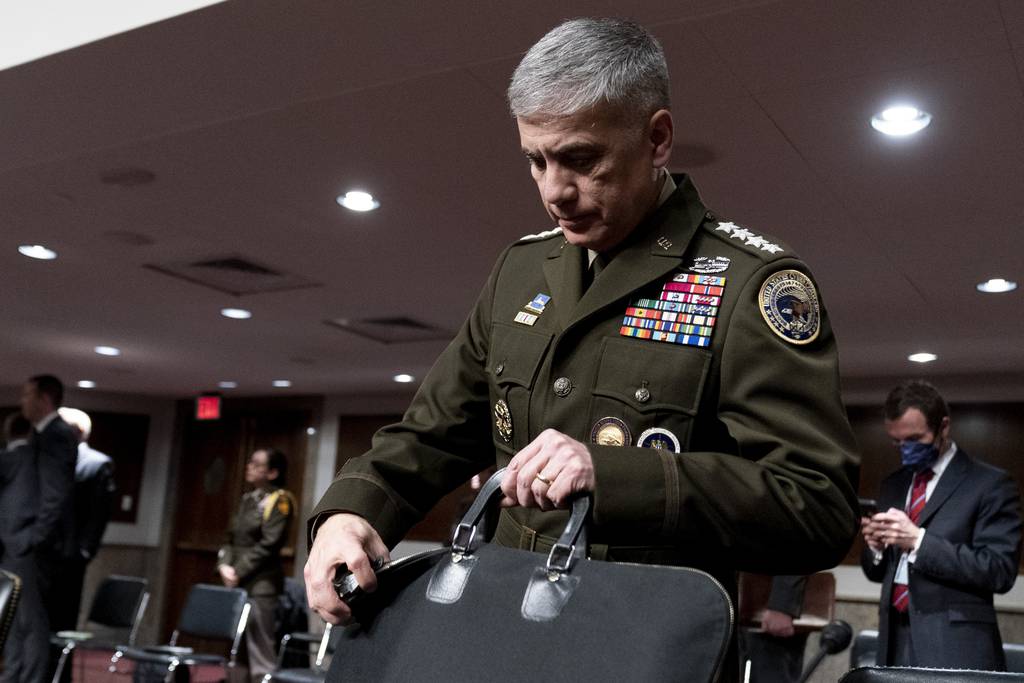WASHINGTON — U.S. Cyber Command’s Cyber Mission Force could experience growth beyond what was initially approved, said the combatant command’s leader, citing ongoing events and the future of the influential domain.
While the Cyber Mission Force was expected to gain more than a dozen new teams in the near future — expanding beyond the 133 teams it once had — that number could increase, Gen. Paul Nakasone told lawmakers April 5.
“We are a different force today than we were even four years ago, when I took over,” Nakasone told a House Armed Services subcommittee. “So, my sense is that while 14 teams is likely the start, I would not be surprised if the department comes to a determination that more are necessary.”
Nakasone is also the director of the National Security Agency.
The Cyber Mission Force has been dubbed the “action arm,” as it executes Department of Defense cyber operations. The DoD began constructing the force in 2012; all teams hit full operational capability some six years later.
The Pentagon’s $11.2 billion cyber budget request for fiscal year 2023 included the addition of five cyber teams, bumping the total to 142. Nakasone acknowledged the near-term expansion Tuesday.
“We originally built the force in the department — 133 teams that were dedicated to our Cyber Mission Force,” the general said. “The previous secretary of defense has approved a 14-team growth in the future years defense plan. We’re going to grow five more teams this year.”
A review of exactly how many cyber teams are needed is ongoing, Nakasone told lawmakers.
The Cyberspace Solarium Commission — a bipartisan group assembled to flesh out U.S. cyber strategy — in a 2020 report recommended growing the Cyber Mission Force in proportion with a swelling scope of threats and mission requirements. Cyber campaigns and day-to-day work, the report noted, demand “a significant investment in time, skill, resources, and human capital.”
Nakasone in 2021 told Congress a 133-team Cyber Mission Force was simply not enough: “The strategic environment has changed since the original CMF was designated in 2012.”
Russia’s invasion of Ukraine in February and the ongoing war have placed increased attention on the digital domain, where hackers and other malicious players have launched attack after attack. Cyber Command has played a key role in identifying threats and protecting networks at home and abroad.
Nakasone on April 5 said operations in Ukraine are teaching Cyber Command “a tremendous amount” about how things are done and what is needed.
“My goal is a command that remains world-class,” he said, “ready and capable of providing options and conducting operations in defense of the nation, with wider partnerships and exceptional talent.”
Colin Demarest was a reporter at C4ISRNET, where he covered military networks, cyber and IT. Colin had previously covered the Department of Energy and its National Nuclear Security Administration — namely Cold War cleanup and nuclear weapons development — for a daily newspaper in South Carolina. Colin is also an award-winning photographer.








